Design Guide No. 1
Layering Light
DESIGN GUIDE NO. 1
Layering Light for Great Design
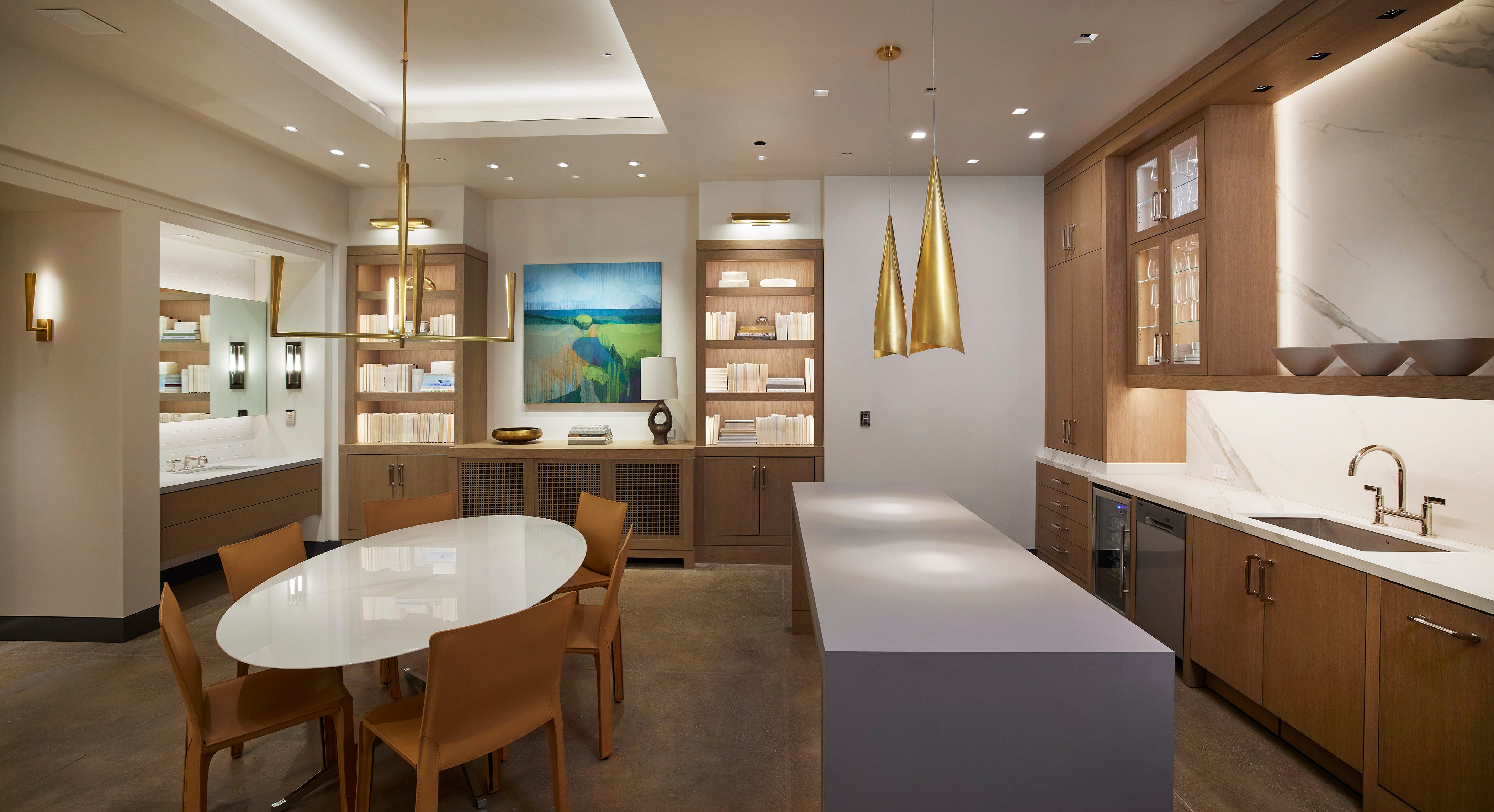

The process of combining multiple layers of light is aimed at leveraging lighting to optimize the look, feel and function of a space. Organizing lighting into the three layers of task, accent or ambient can help you meet functional needs, achieve a particular aesthetic or mood and create richness in the overall design. Combined, these three layers introduce light from different directions and create the dimension that is guaranteed to bring your interiors to life. Here, we’ll review each layer and how you can use them to achieve true Visual Comfort in any project.
Check out Design Guide No. 2: Types of Lighting for an in-depth look at the common sources listed below.
Task Lighting: Design with Purpose
WHAT IT IS
Task Lighting provides appropriate illumination for the specific activities performed in a room, such as reading, cooking, dining, or grooming. Think dual pendants over a kitchen island or an articulating wall sconce in a reading nook. Some products are specifically designated as a “task light”, like the Cleo Table Lamp by Kelly Wearstler, however light sources can have dual purposes.
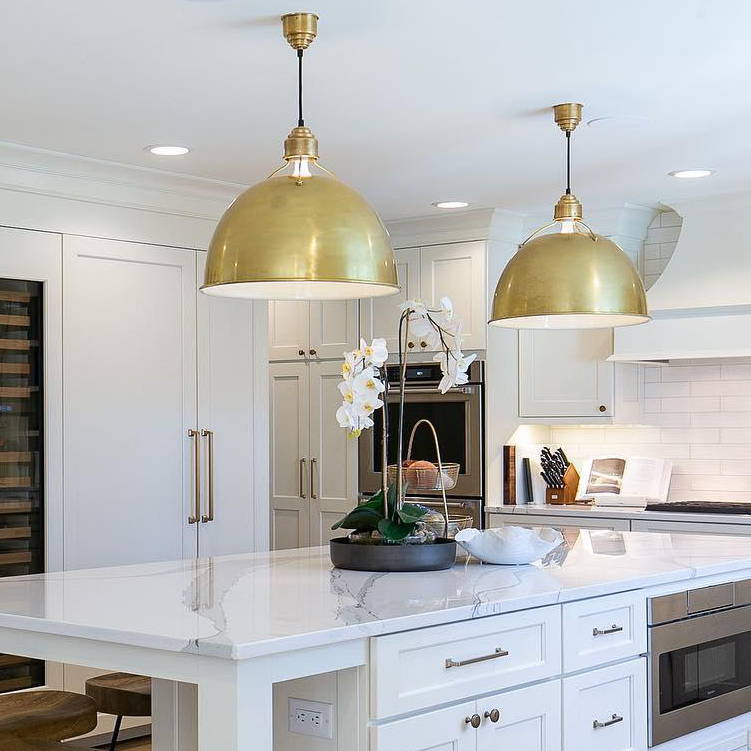

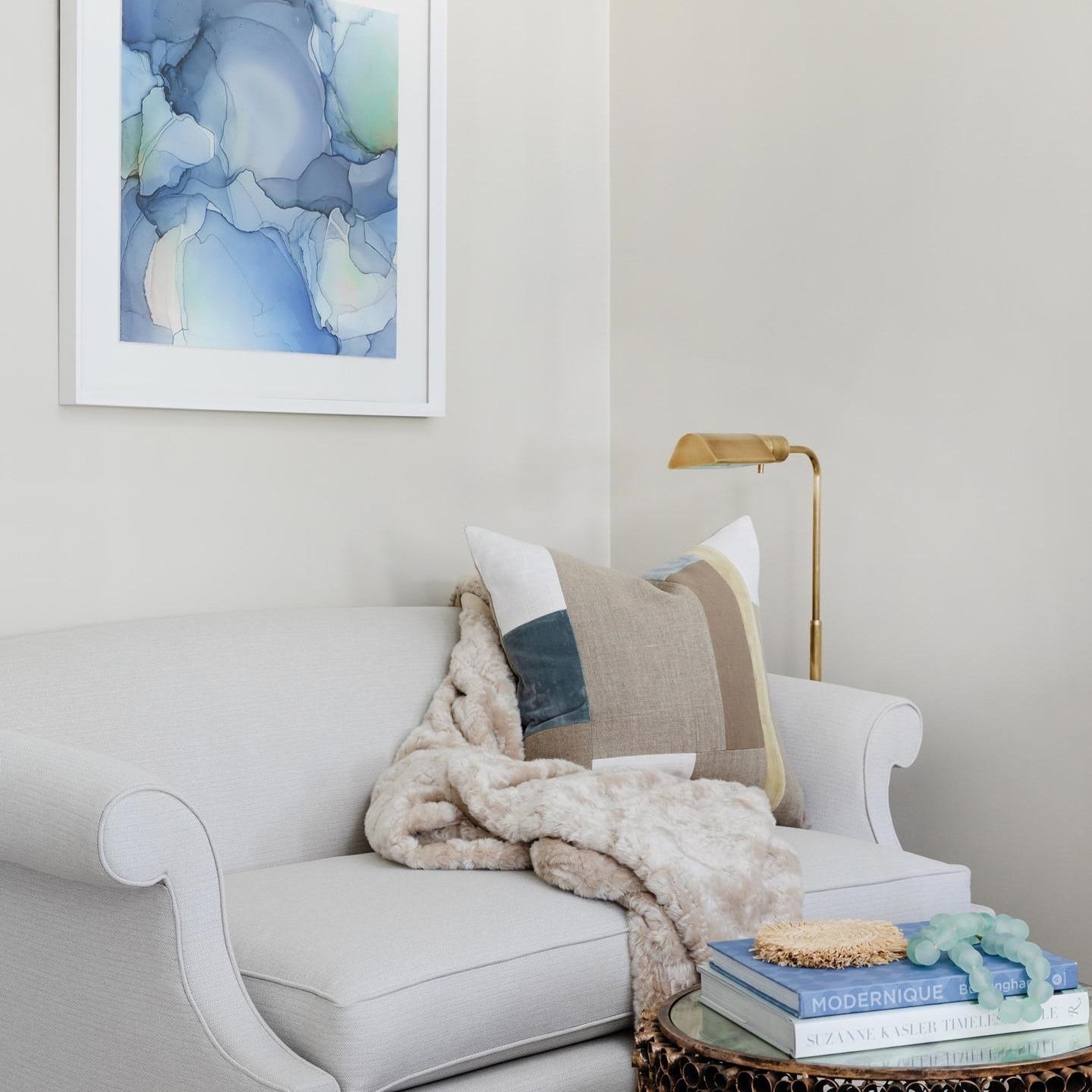

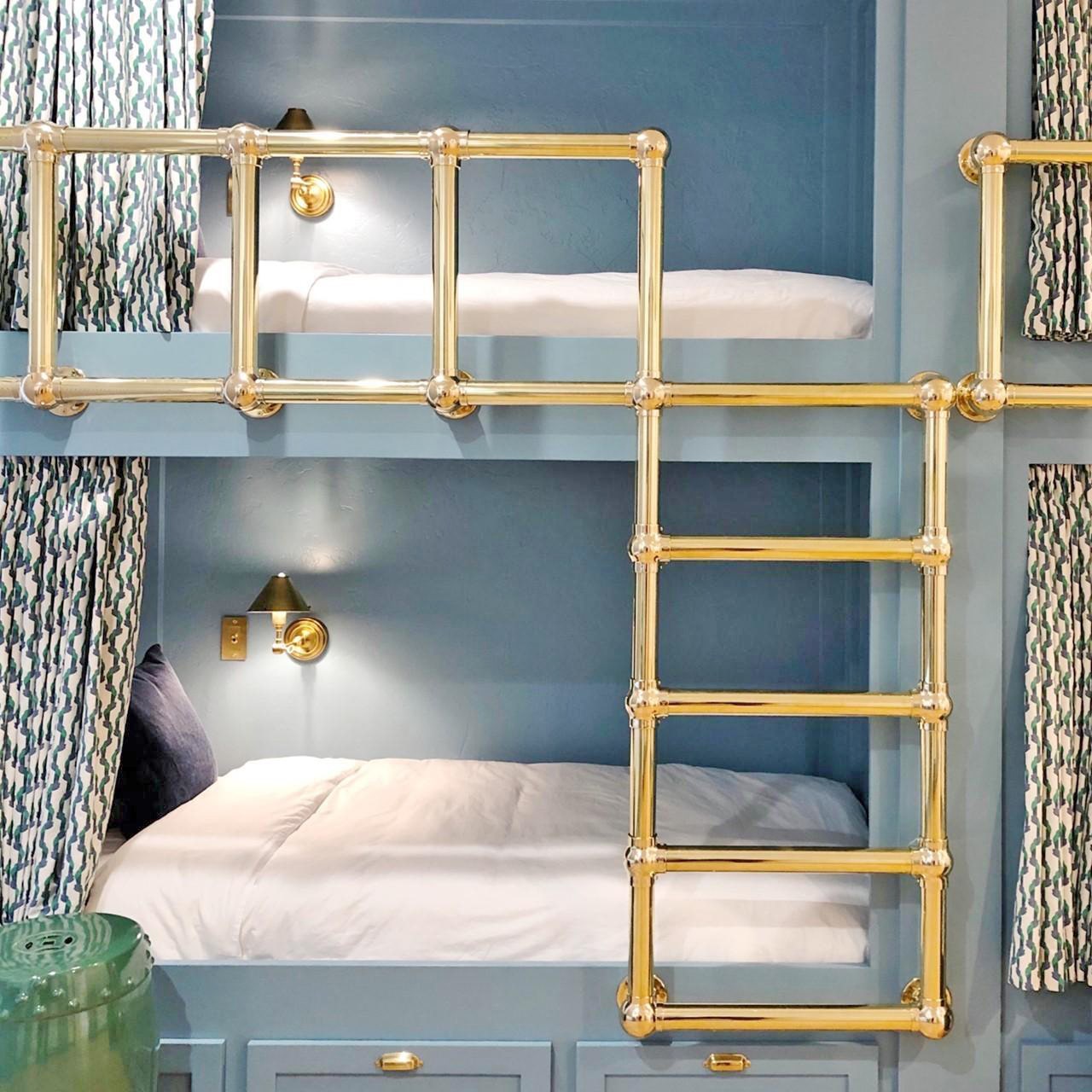

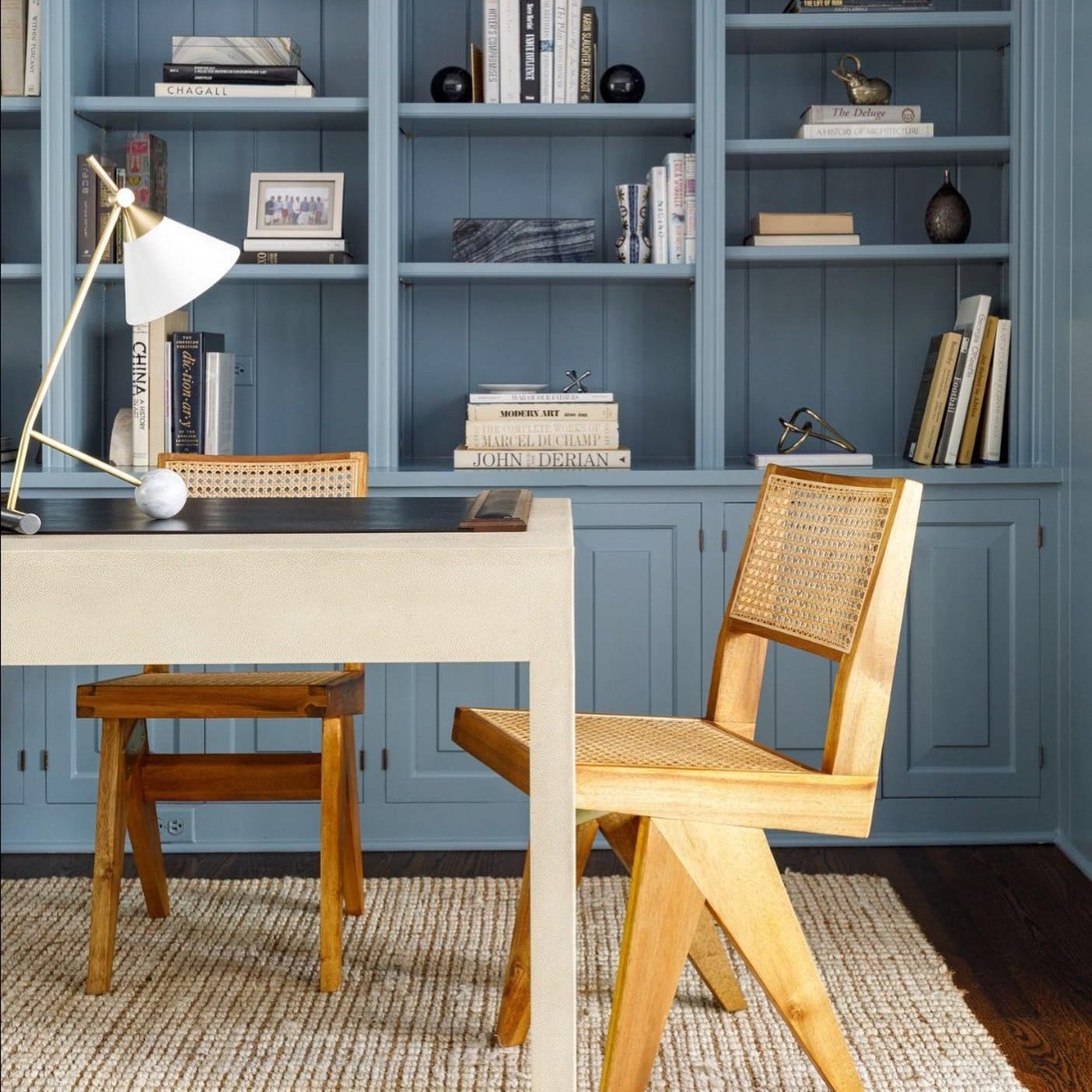

HOW TO USE TASK LIGHTING
Think through the various activities that are carried-out in the space you are designing. Depending on the room, there will usually be task-specific requirements. Kitchens, for example, require strong shadow-free surfaces for safe food preparation. Bedrooms, on the other hand, might merit soft bedside lighting for evening reading.
COMMON SOURCES
Adjustable recessed lights, undercabinet lighting, task lamps, reading lights, and table lamps.
Accent Lighting: Accentuate the Details
WHAT IT IS
Accent lighting is lighting used to accentuate a room’s important aesthetic features such as artwork and architectural elements or to serve as an aesthetic feature in-and-of itself. Imagine a bookcase lined with lighting from inside the shelves or a small decorative lamp sitting atop a stack of coffee table books.
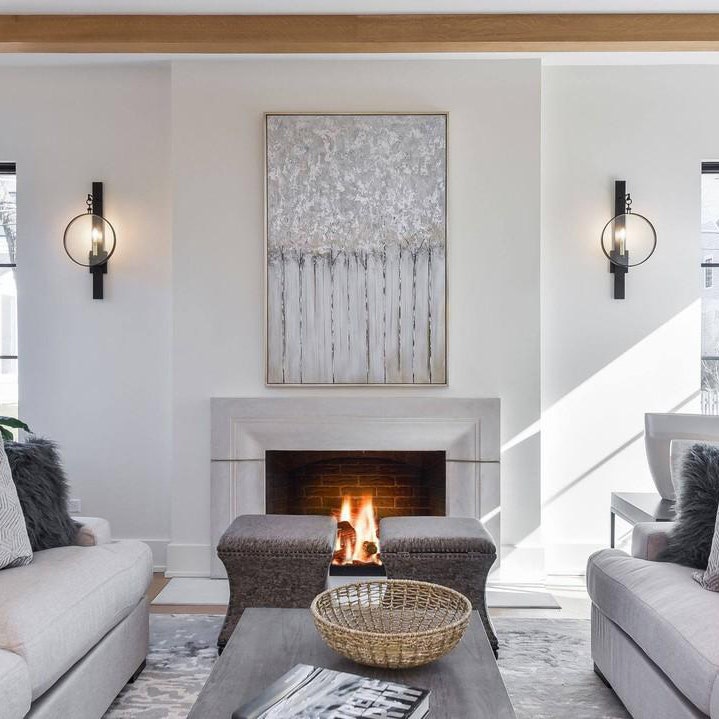

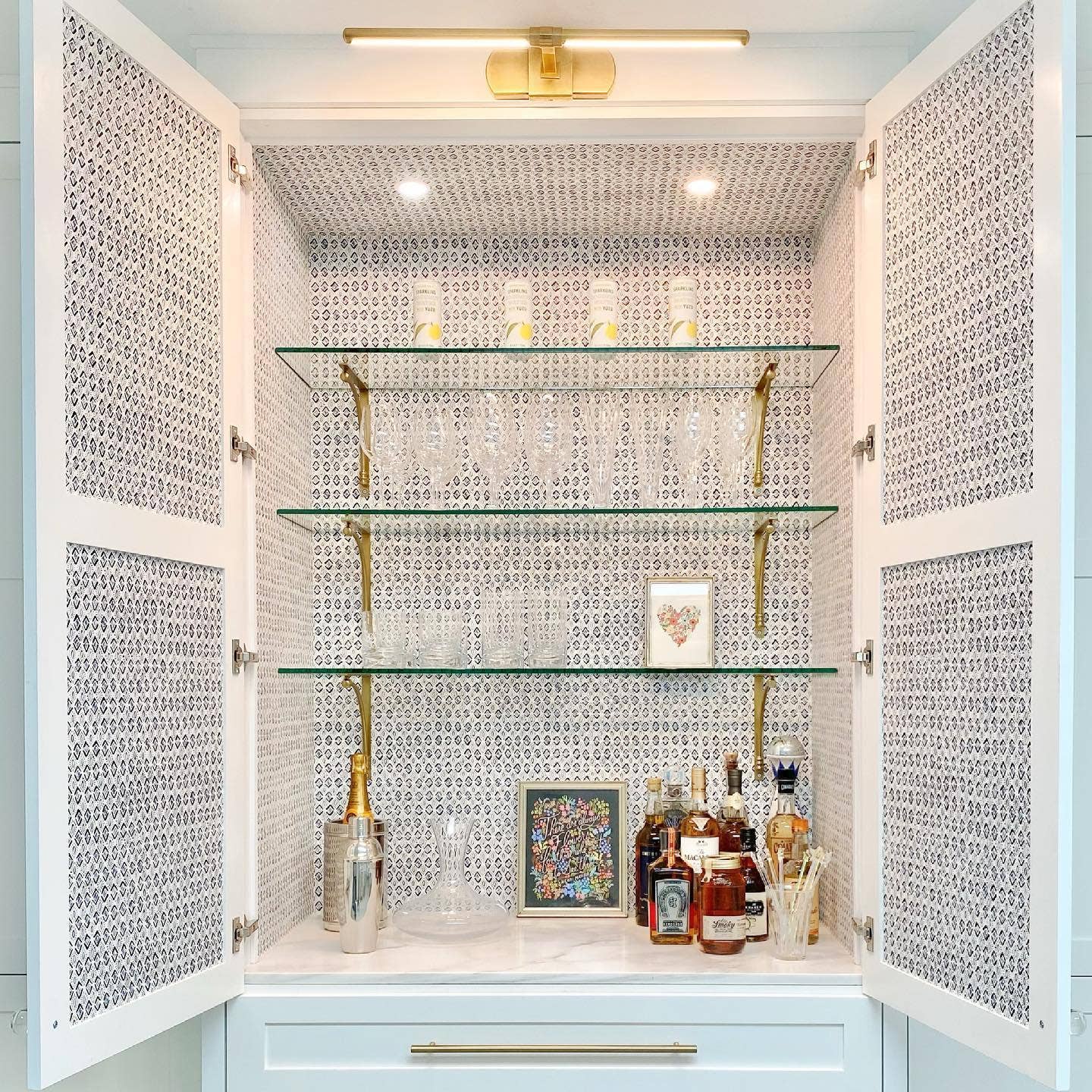

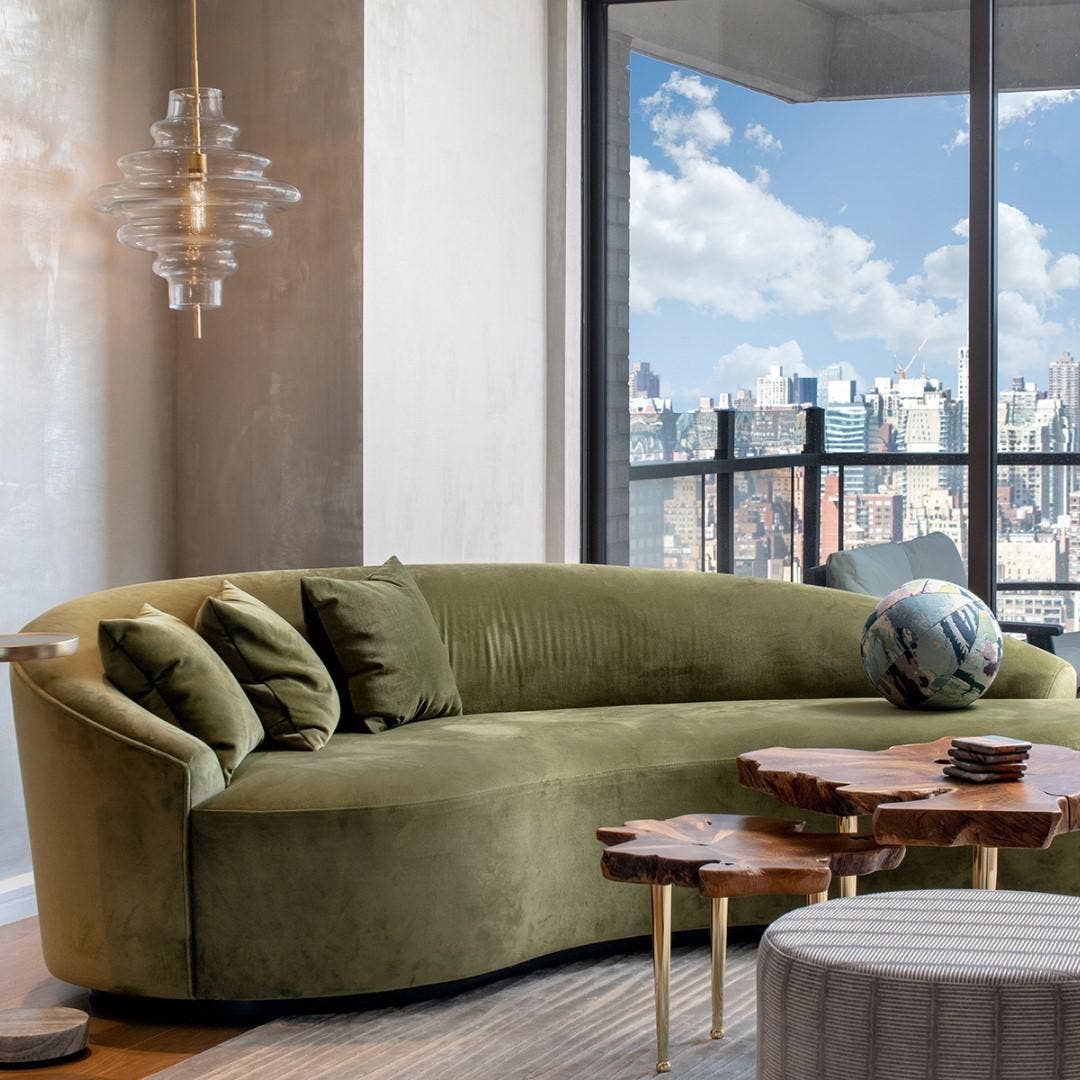

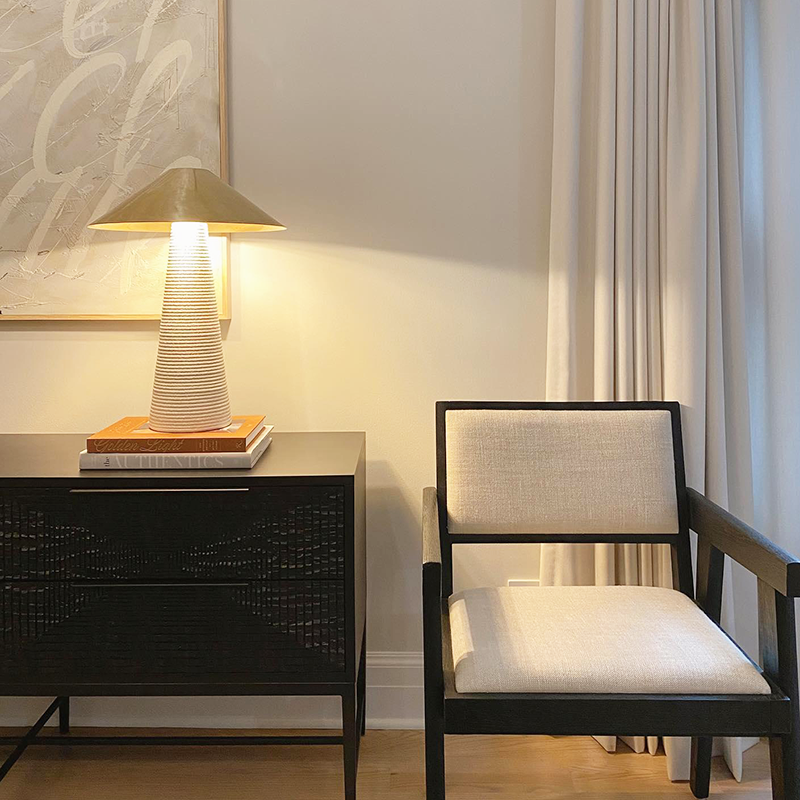

HOW TO USE ACCENT LIGHTING
Use accent lighting to enhance the impact of your interior design. Lighting placed in a specific location will highlight artwork, architectural elements, furniture, or decorative objects. Make a painting the focal point of a room by pairing sconces and adjustable recessed lights for dramatic contrast around the piece. Use a picture light to highlight objects on a shelf. Hang a decorative pendant in an unexpected place to capture the eye and create interest. Leverage all the light sources in your arsenal to 'paint the space with light.’
COMMON SOURCES
Adjustable recessed lights, Linear LED channels, wall wash recessed lights, and decorative fixtures located specifically to add accent lighting to a space.
Ambient Lighting: Create the Mood
WHAT IT IS
Ambient Lighting is the room’s general source of light. All layers of light ultimately contribute to ambient lighting but for the purpose of designing a lighting plan, the ambient lighting layer is meant to fill space and set the mood of the room.
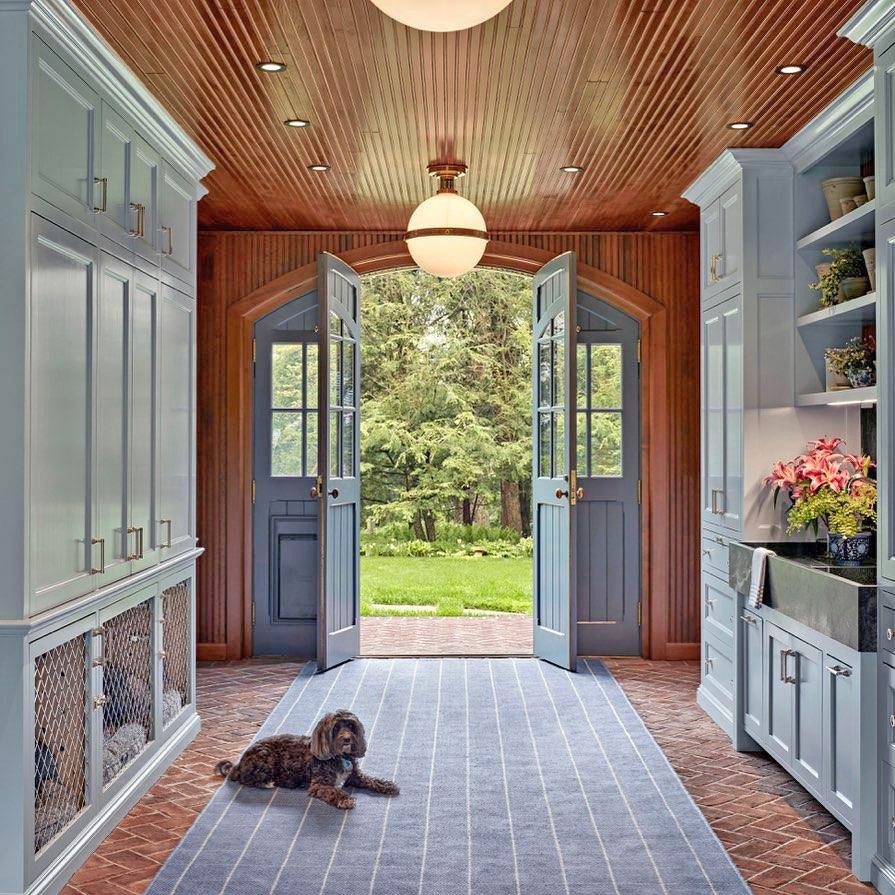

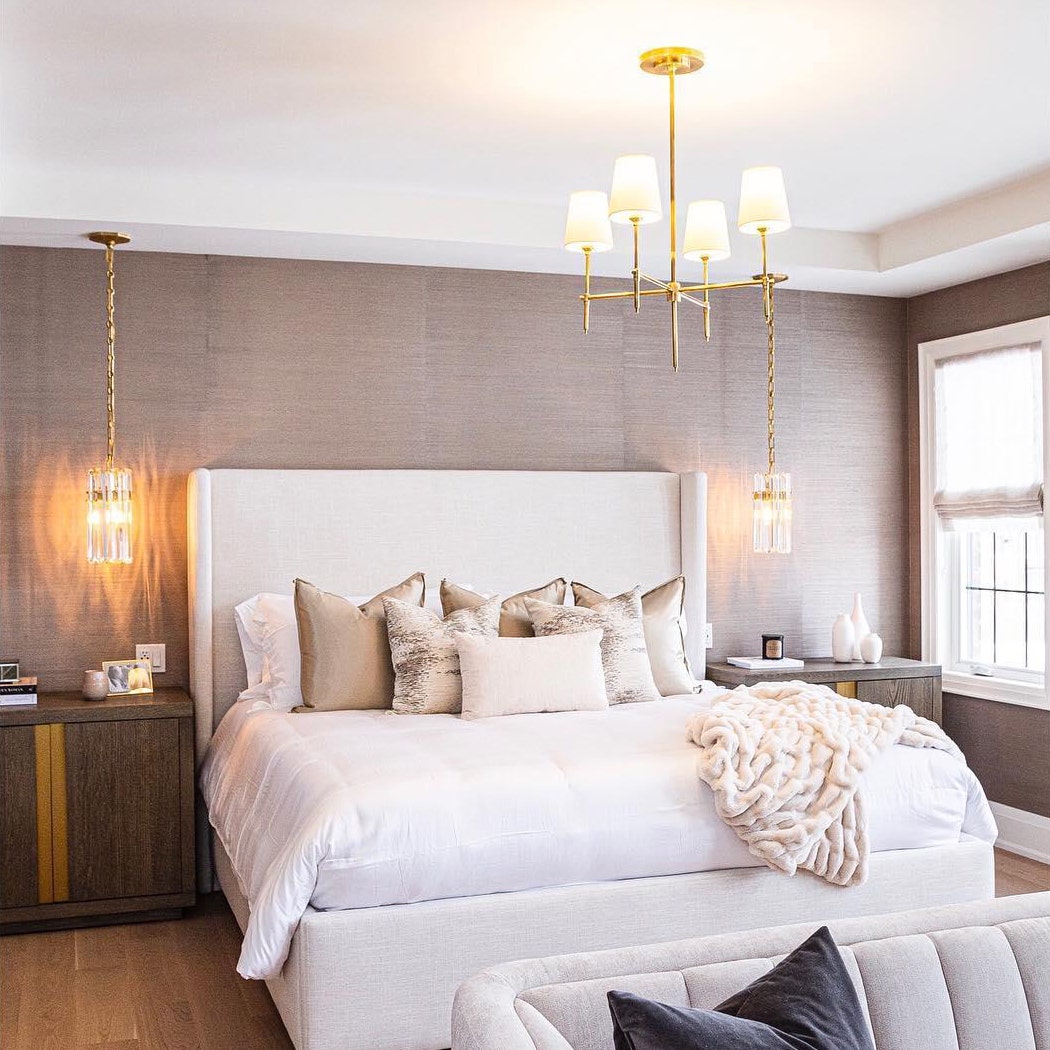

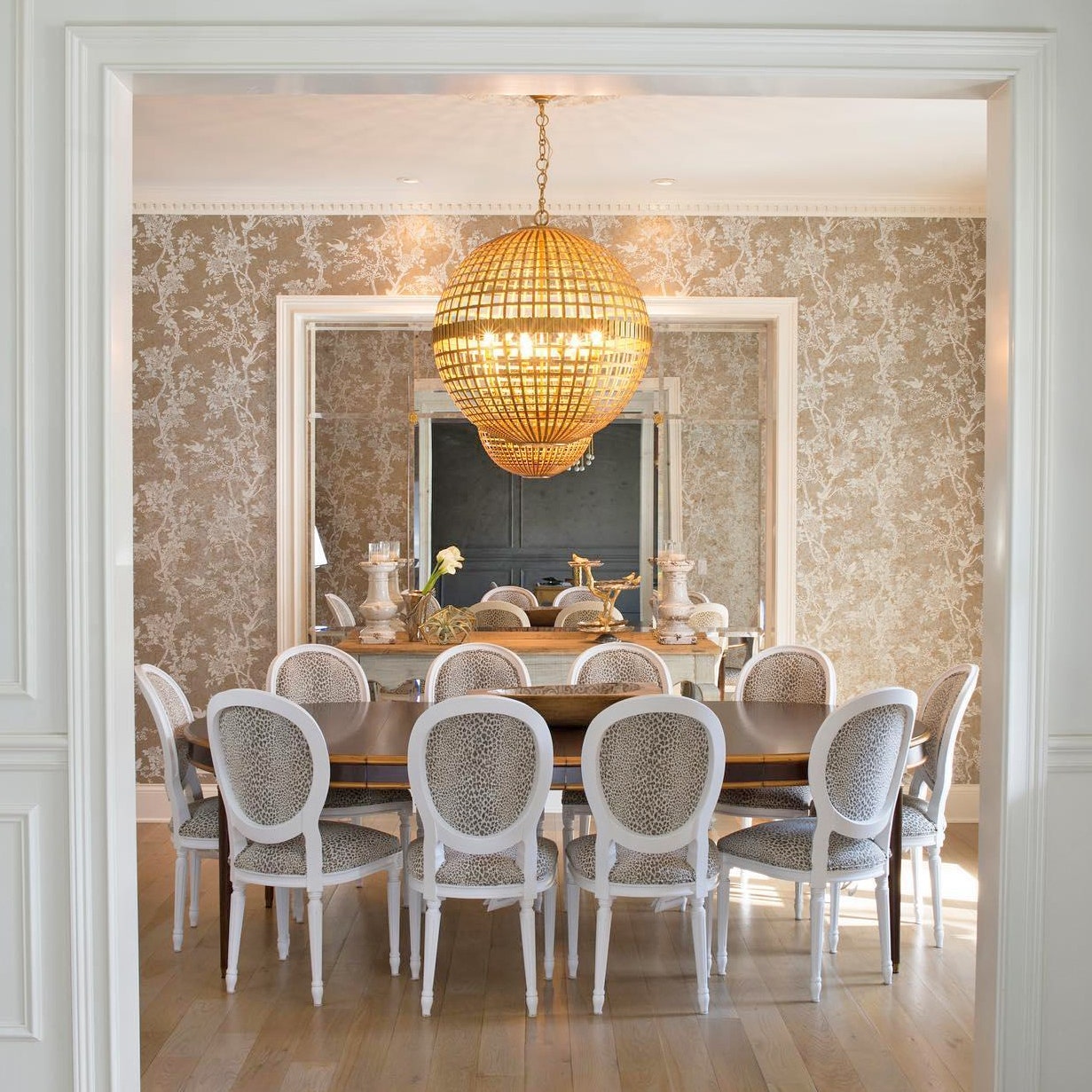

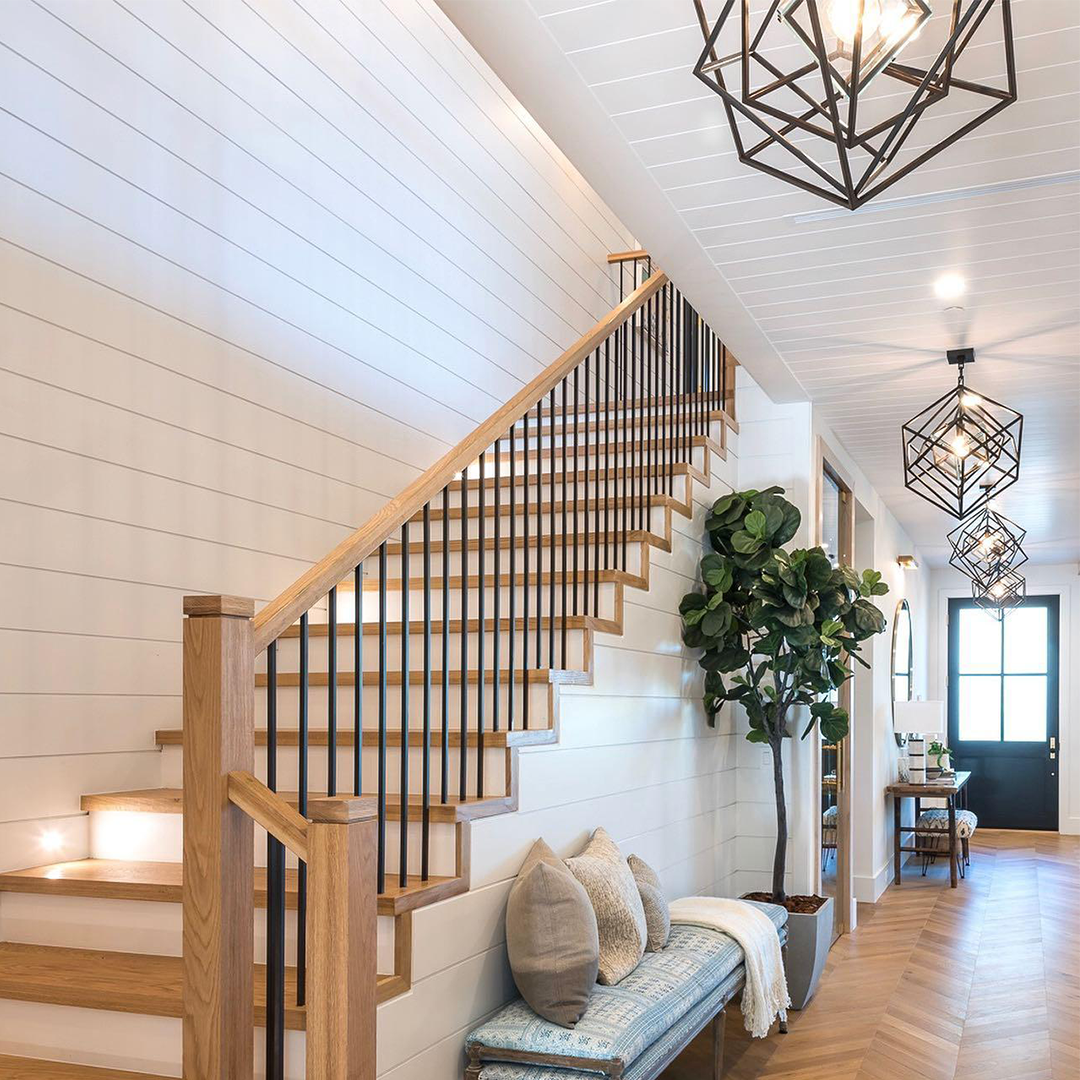

HOW TO USE AMBIENT LIGHTING
Frequently, designers choose to mount a central source of ambient lighting, which allows light to bounce off the ceiling and diffuse evenly throughout the room. Ambient lighting can come from other sources and is used to fill in, soften, or provide general illumination wherever it is needed. While there are many ways to approach building a lighting plan, many designers choose to start with this layer of light.
COMMON SOURCES
Chandeliers, flush mounts, semi-flush mounts, table lamps, floor lamps, cove lighting with linear LED channels, and wide distribution downlights.
Pro Tips
Organizing your lighting plan into these three layers allows you to prioritize lighting specification for any space. Here are some tips to consider:
Leverage Negative Space: The absence of light can be as important as the presence of light when it comes to creating contrast for drama and interest. Be equally as intentional about the surfaces that are not lit.
Utilize Function and Form: When it comes to lighting, the way it illuminates the rest of your design is equally as important as how the fixture itself looks within the space.
Let Architectural Do the Heavy Lifting: Architectural light sources like recessed downlights can relieve some functional burden from decorative fixtures. This allows more flexibility in selecting decorative lighting since the fixture won’t have to “do all the work.”
Looking to perfectly light your next project? The lighting design team at Circa Lighting makes it easy. Learn more here.
